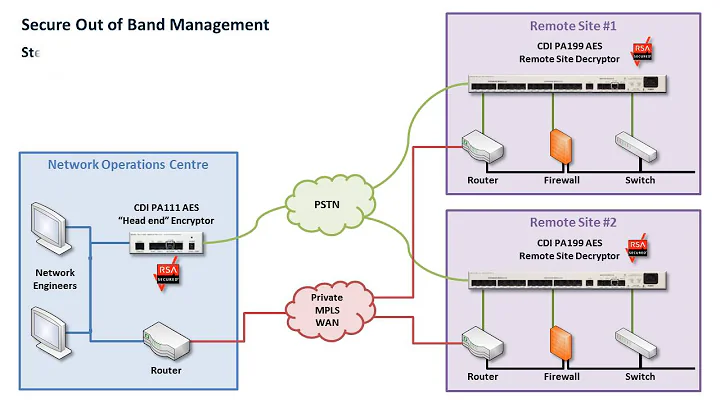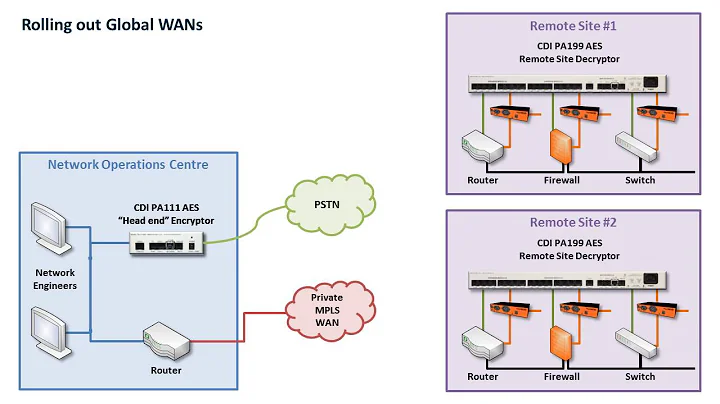David M Theobold
age ~76
from Uniontown, OH
- Also known as:
-
- David H Theobold
- David C Theobold
- David D
- Erika Lindley
- Phone and address:
- 3605 Elmhurst Cir, Uniontown, OH 44685
David Theobold Phones & Addresses
- 3605 Elmhurst Cir, Uniontown, OH 44685
- 53 Buttonwood Ct, Pittsboro, NC 27312 • 9195336668
- Chapel Hill, NC
- 2880 Pickle Rd, Akron, OH 44312 • 3306451155 • 3306456180
- San Jose, CA
- Hartville, OH
- North Canton, OH
- Columbus, OH
- Sevierville, TN
Us Patents
-
Multichannel Access Point With Collocated Isolated Antennas
view source -
US Patent:6933909, Aug 23, 2005
-
Filed:Mar 18, 2003
-
Appl. No.:10/391099
-
Inventors:David M. Theobold - Akron OH, US
-
Assignee:Cisco Technology, Inc. - San Jose CA
-
International Classification:H01Q021/00
H01Q001/38 -
US Classification:343893, 343853, 343899, 343872
-
Abstract:A wireless telecommunications device is disclosed including a plurality of wireless antennas, each respectively for transmitting and/or receiving wireless signals into a predetermined sector of an omnidirectional space. A mounting structure is included for retaining the respective plurality of wireless antennas, wherein the mounting structure is configured so as to isolate the respective wireless signals.
-
Preamble Aided Synchronization
view source -
US Patent:7006587, Feb 28, 2006
-
Filed:Nov 20, 2001
-
Appl. No.:10/039117
-
Inventors:Michael Lewis - Hartville OH, US
David M. Theobold - Akron OH, US -
Assignee:Cisco Technolgy, Inc. - San Jose CA
-
International Classification:H04L 7/00
-
US Classification:375365, 375363, 370509
-
Abstract:The repetitive structure of a preamble signal is exploited to enhance timing synchronization performance and frame start detection performance under adverse channel conditions. Received values are cross-correlated in time against a known noise-free version of the preamble. The presence of peaks in the cross-correlation output indicates presence of a frame. The peak locations provide symbol timing. Further cross-correlation processing and/or non-linear processing can be used to enhance the signal to noise ratio of the peaks.
-
Flexible Multichannel Wlan Access Point Architecture
view source -
US Patent:7057566, Jun 6, 2006
-
Filed:Jan 20, 2004
-
Appl. No.:10/760331
-
Inventors:David M. Theobold - Akron OH, US
-
Assignee:Cisco Technology, Inc. - San Jose CA
-
International Classification:H01Q 1/24
-
US Classification:343702, 343853, 4555757
-
Abstract:A removable antenna assembly and wireless access point including the same is disclosed in which a plurality of antenna elements are provided for transmitting and receiving wireless signals over a plurality of wireless channels. A sectorized mounting structure is provided for retaining each of the plurality of antenna elements substantially in an antenna isolation configuration, so as to enable simultaneous sectorized signal communication of the antenna elements over the wireless channels. A removable network interface is provided for selectively enabling a signal connection between a radio digital interface component and the plurality of antennas.
-
Hooked Stub Collinear Array Antenna
view source -
US Patent:7098861, Aug 29, 2006
-
Filed:Dec 28, 2004
-
Appl. No.:11/023767
-
Inventors:David Theobold - Akron OH, US
Stephen Saliga - Akron OH, US
James Mass - North Roaylton OH, US -
Assignee:Cisco Technology, Inc. - San Jose CA
-
International Classification:H01Q 9/16
-
US Classification:343801, 343806, 343895
-
Abstract:A hooked stub collinear array antenna formed from a single conductor. The antenna operates at a design frequency having an associated wavelength. The antenna includes a plurality of radiating elements that are substantially one half the wavelength. The radiating elements are aligned with a longitudinal axis of the antenna. The antenna further includes a delay element connected between each of the plurality of radiating elements. The delay element is aligned with a transverse axis approximately ninety degrees from the longitudinal axis. The delay element extends approximately one quarter of the wavelength from the longitudinal axis and adjacent delay elements of a plurality of delay elements are sequentially rotated at 90 degree intervals relative to each other about the longitudinal axis. The total length of the delay element is approximately one half the wavelength.
-
Configurable Antenna For A Wireless Access Point
view source -
US Patent:7119744, Oct 10, 2006
-
Filed:Jan 20, 2004
-
Appl. No.:10/760340
-
Inventors:David M. Theobold - Akron OH, US
Michael E. Lewis - Hartville OH, US -
Assignee:Cisco Technology, Inc. - San Jose CA
-
International Classification:H01Q 1/38
-
US Classification:343700MS, 343876
-
Abstract:The difficulties and drawbacks of the previous-type systems are overcome by the present antenna system, alone and in combination with a wireless access point. The present antenna system includes a plurality of antenna elements for providing a respective plurality of communications signals over a wireless channel. An isolating structure is provided, selectively positioned with respect to the antenna elements, for selective varying signal isolation between the respective antenna elements. In this way, the present system is selectable between a high-throughput/short-range configuration and a low-throughput/long-range configuration.
-
Dual Hemisphere Antenna
view source -
US Patent:7202824, Apr 10, 2007
-
Filed:Oct 15, 2003
-
Appl. No.:10/686233
-
Inventors:John Sanelli - Seven Hills OH, US
Stephen V. Saliga - Akron OH, US
David M. Theobold - Akron OH, US -
Assignee:Cisco Technology, Inc. - San Jose CA
-
International Classification:H01Q 1/24
-
US Classification:343702
-
Abstract:A wireless device is disclosed, including an antenna system comprising one or more antenna elements for sending and receiving a wireless signal. One or more conductive members are included, having an edge displaced from and substantially directed toward the at least one antenna element, and cooperating therewith to establish a multiplicity of hemispherical beam patterns for a wireless signal. Embodiments with a multiplicity of antenna elements exhibit a high degree of isolation between said antenna elements.
-
Radar Protection Device For Wireless Networks
view source -
US Patent:7230566, Jun 12, 2007
-
Filed:Aug 3, 2004
-
Appl. No.:10/910682
-
Inventors:David M. Theobold - Akron OH, US
Christopher G. Meil - Copley OH, US
Edward Frederick Wright - Middlefield OH, US
James A. Amos - North Canton OH, US
Brian Hart - Milpitas CA, US
Jason R. Crawford - McMahons Point, AU
Philip O′Sullivan - Leichherdt, AU
Kevin C. H. Wong - St. Leonards, AU -
Assignee:Cisco Technology, Inc. - San Jose CA
-
International Classification:G01S 7/40
H04B 17/00 -
US Classification:342159, 342195, 342 20
-
Abstract:A method for radar protection. The method includes recording energy events and calculating differences in recorded energy events to determine pulses. The method further includes sorting intervals between pulses into histogram bins, each bin representing a range of time intervals between two pulses, each pulse indicative of a radar frequency and limiting network traffic on a frequency based on a selected bin count.
-
Antenna Array With Vane-Supported Elements
view source -
US Patent:7280082, Oct 9, 2007
-
Filed:Oct 10, 2003
-
Appl. No.:10/682983
-
Inventors:David M. Theobold - Akron OH, US
Stephen V. Saliga - Akron OH, US -
Assignee:Cisco Technology, Inc. - San Jose CA
-
International Classification:H01Q 21/26
-
US Classification:343797, 343770
-
Abstract:A multiple element antenna array is disclosed in which a plurality of panels each support one or more antenna elements. One or more of the panels are preferably interlaced, so as to be affixed to a circuit board. The panels are configured so as to affix to the circuit board at a predetermined angle, which is preferably a right angle to the surface of the circuit board. Each antenna element includes a connection point for establishing a circuit board connection. The present multiple element antenna array is preferably incorporated into a wireless device; preferably an access point for a wireless local area network (WLAN). The wireless device further includes a radio transceiver comprising a plurality of circuit elements mounted on the circuit board.
Resumes

David Theobold
view sourceName / Title
Company / Classification
Phones & Addresses
CELLTECH, INC
Akron, OH
Youtube
Googleplus

David Theobold
Get Report for David M Theobold from Uniontown, OH, age ~76







